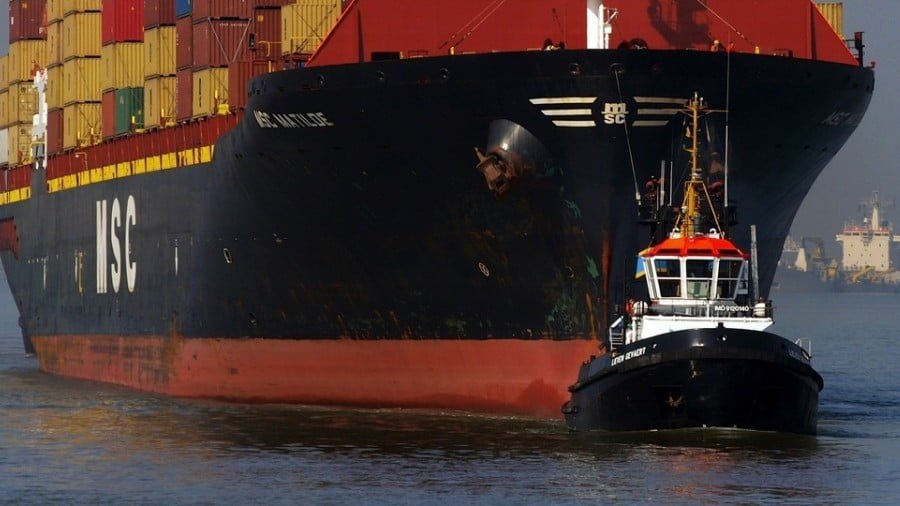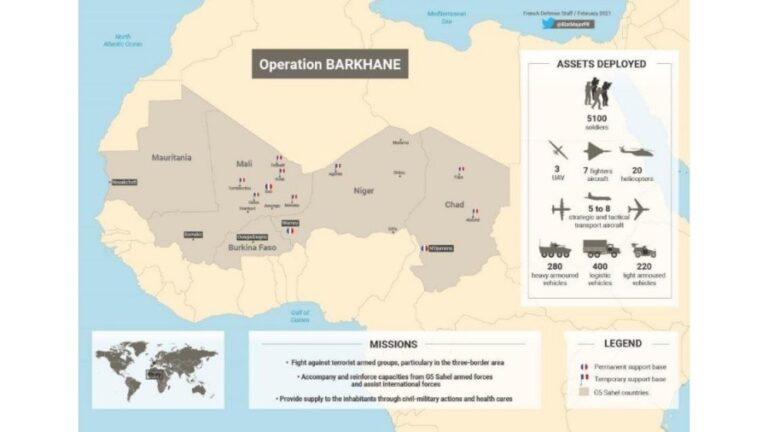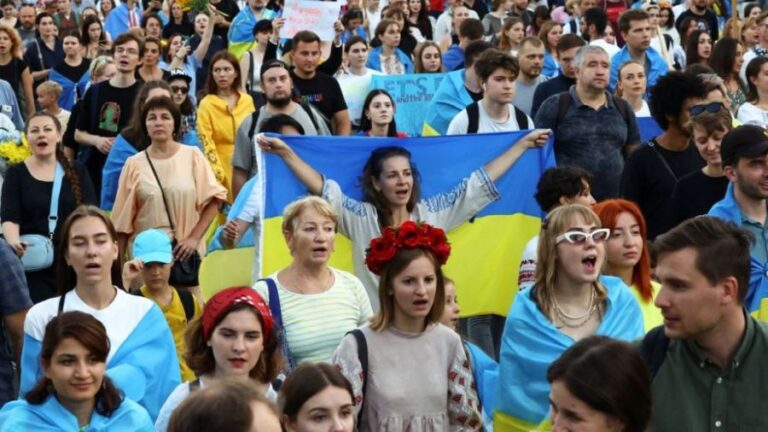Syria: From “De-Escalation” Zones to “Decentralization” Units
Most observers were utterly shocked when the details emerged earlier this week that President Putin had discussed “safe zones” (now being rebranded as “de-escalation” zones) with not only President Trump, but even President Erdogan, and were especially surprised when the Russian leader defended this idea on the grounds that it “can really help to move along the long-standing problem of separating the moderate Syrian opposition from terrorist organization”.
Russian media, RT even quoted President Putin as saying that “aviation will also not be deployed in de-escalation zones, on condition of no military activity there”, signaling that the “de-escalation” zones will be equivalent to “no-fly” zones, though not specifying whether this will relate solely to the Syrian Air Force or all international warplanes (including Russian). Moreover, an earlier report from Sputnik said that there was active talk about including a multilateral foreign troop deployment in Syria in order to enforce the “de-escalation” zones, with the article suggesting that this could possibly also include BRICS or CSTO soldiers.
No Disagreement With Damascus
Almost immediately after the news broke about President Putin’s support for “de-escalation” zones in Syria, Damascus publicly threw its full weight behind this initiative and therefore squashed any speculation that it might have been in disagreement with Russia’s proposal. According to tentative information disclosed as of the morning of 4 May, Moscow is envisioning four “de-escalation” zones in Idlib, the Damascus suburb of Eastern Ghouta, a small region north of Homs, and the southern part of the country near Jordan. Syrian authorities had previously rejected the US and its allies’ efforts to implement “safe” and “no-fly” zones over their country, but the entire context seems to have changed for them due to Russia’s leading participation in this initiative, although a more cynical reason could also be put forth.
Cruise Missile ‘Diplomacy’
Trump’s cruise missile strike against Syria sent the message that the US had decided to escalate its pressure against Damascus to the level of direct attacks against the Syrian Arab Army, and First Deputy Chairman of the Federation Council’s Committee on International Affairs Vladimir Jabarov said right afterwards that “Russia has no intentions to use its Aerospace Forces against US missiles if Washington decides to carry out new strikes in Syria as it could lead to a large-scale war.” This reaffirmed that Moscow’s military mandate in Syria is limited solely to fighting terrorism and not protecting the country’s sovereignty or armed forces, but it also implicitly conveyed that Russia would ‘stand down’ in the face of any continued US cruise missile aggression against its Mideast ally.
This in turn demonstrated that the US had seized the strategic momentum in the conflict and was now capable of using the threat of military force to bend Russia and Syria in the direction of Washington’s preferred ‘settlement’, thereby pushing forth the viability of its “safe zone” proposal being implemented in a rebranded ‘face-saving’ form. Russia, for its part, had consistently stressed the need for a ‘political solution’ to the War on Syria, so it’s no surprise that it would leap at the opportunity to take a leading role in the multilateral efforts to bring this about, especially if international perception could be masterfully managed in such a way as to put Moscow on equal (or even more powerful) footing with its Washington rival.
Faced with the reality that Russia won’t protect it from any forthcoming US cruise missile strikes which could be lobbed as leveraged to convince Syria to agree to the newly unveiled “de-escalation” zone proposal, Damascus ultimately had no practical alternative other than to accept what was being offered. Syria’s acceptance of “de-escalation” zones is much more than a tactical agreement to facilitate the international community’s desired ‘political solution’ to the conflict, but is actually indicative of Damascus tacitly acquiescing to what might inevitably turn out to be the country’s “decentralization” into a checkerboard of quasi-independent “autonomous” or “federalized” units in the coming future.
The “Decentralization” Model
It’s very difficult to imagine a scenario where the “moderate rebel opposition” population in each of the four “peacekeeper”-protected “de-escalation” zones would agree to anything other than some sort of settlement which legitimatizes most of their political demands. The past two and a half decades since the end of the Cold War are full of numerous examples of multilateral international “peacekeepers” facilitating “decentralization” ‘solutions’ in each of their host states, and the Syrian case is especially well suited for this outcome because of the governance ‘suggestions’ included in the Russian-written “draft constitution” unveiled in January.
This document explicitly stipulates that the country should be “decentralized” and that the Kurds be granted the privilege of a vaguely described “cultural autonomy”, with subsequently related ambiguous clauses leaving open the possibility that this model could be replicated all across the country and perhaps even taken to the level of “federalization”. Suffice to say, Syria’s official reaction to this was uncharacteristically cool and Russian Russian Deputy Foreign Minister Gennady Gatilov eventually conceded in mid-April that “it is too early to set up a special body on the development of a new Syrian constitution”.
That’s all about to change, however, since Russia’s public explanation for pushing forth the “de-escalation” zone proposal is to prompt a breakthrough in the intra-Syrian negotiating process which could more easily enable a speedy ‘political solution’ to the long-running conflict. UNSC Resolution 2254, passed in December 2015, is the official international blueprint for ending the war, and it set out an 18-month timeline for reaching such benchmarks as constitutional revisionism and a new round of national elections.
Accepting that the “de-escalation” zones and inseparable deployment of international “peacekeepers” (whether through the UN, CSTO, BRICS, the Saudi coalition, and/or any other institutional actor) will reinvigorate the stalled political process as per Russia’s designs, it follows that this will kick start the constitutional reform process as well and thereby advance Moscow’s “decentralization” ‘suggestions’. That being said, the presence of multilateral forces protecting the “moderate rebel opposition” occupiers in each of the “de-escalation” zones will logically embolden them to latch on to the Syrian Kurds’ “federalization” demands in order to formalize the control that they exert over their territorial fiefdoms.
It appears to already be a fait accompli that “de-escalation”/”no-fly” zones enforced by UN and/or other “peacekeepers” will lead to the de-facto “decentralization” of the country, therefore pressuring Damascus to institutionalize this state of affairs by agreeing to corresponding constitutional reforms. The model of manipulating “safe” zones and international “peacekeeper” deployments in order to advance a “decentralization” ‘solution’ to the War on Syria isn’t something unique to the latest Astana talks, however, as this idea was originally introduced by the RAND Corporation in February in the third edition of their “Peace Plan For Syria” dealing specifically with “Agreed Zones of Control, Decentralization, and International Administration”.
It therefore looks as though Russia has simply rebranded the RAND Corporation’s proposals and claimed them as Moscow’s own, whether by innocent coincidence or deliberate design, since there really aren’t too many differences between what the American think tank suggested and Russia is now implementing. It could just be an uncanny confluence of unrelated events which led to this remarkable outcome, but no matter what the explanation may be, the result is still the same.
Decree 107
If one builds upon the observable fact that a highly regarded American think tank successfully ‘forecast’ (if not outright influenced) Russia’s surprise “de-escalation” zone proposal for Syria, it’s pertinent then to ponder whether any other similarly prestigious policy institutions might also have published what may eventually turn out to be accurate predictions/policy proposals as well. The only one which relevantly comes to mind is the Carnegie Institution’s late-March report encouraging outsiders to exploit Syria’s Decree 107 reform which was commissioned in mid-2011 in order to ‘legitimize’ the radical ‘decentralization’ (read: “(con)federalization”) of the state.
This government order devolved certain political responsibilities to regional and local figures, and the report suggests that it could be implemented on a nationwide scale under the right conditions. Seeing as how Russia has now come out in favor of Syria’s “decentralization” as evidenced by the ideas that it introduced into the country’s “draft constitution”, and observing how Moscow is rapidly moving forward with executing (whether by coincidence or not) the RAND Corporation’s proposal to implement “safe/de-escalation/no-fly” zones enforced by international “peacekeepers”, it’s plausible that the next step will be enabling constitutional reform by means of applying the Carnegie Institution’s recommended interpretation of Syria’s Decree 107.
Concluding Thoughts
At this moment in time, there doesn’t seem to be anything that can be done to offset this plan given the momentum that it’s achieved through Russia, the US, Turkey, and most importantly, Syria’s support for this initiative. While it’s debatable why Damascus decided to reverse its position on “safe” zones and unclear whether it was externally compelled to do so by various means, the inarguable result is that the deployment of international “peacekeepers” to enforce these “de-escalation” areas will further the on-the-ground dynamics working towards Syria’s “decentralization” and possibly even “Identity Federalism”. Overall, it’s clear to see that each of the foreign actors directly involved in the War on Syria are cooperatively engaging in what can only be described as “mission creep” as they seek to forge a sustainable and multilateral ‘solution’ to ending the War on Syria.
This doesn’t mean that they’re all on the same page, and it’s unavoidable that some of them will still remain in heated competition with one another, but just that the conventional military-political internationalization of the conflict is moving in the direction where all sides are reaching a compromise of sorts through a mixed set of ‘concessions’ on their previously stated political principles (e.g. Syria and Russia reversing their positions on “safe zones”, and the US and its allies potentially recognizing President Assad in return). What convincingly appears to be the inevitable “decentralization” of Syria doesn’t necessarily have to result in an “internal partition”, but it could very easily take this form if the forthcoming international “peacekeeping” component remains in the country indefinitely and actively works to set up quasi-independent identity-focused statelets in the “de-escalation” zones under their control.
As the saying goes, “the devil’s in the details”, and everything will hinge on the upcoming constitutional revision process which is bound to restart sometime soon in Syria. This in turn will be heavily influenced by the mandate and commitment of the foreign actors which plan to contribute “peacekeepers” to enforce the “de-escalation” zones, and whether or not they enter into a fierce rivalry with one another throughout the course of their on-the-ground “duties”.
Syria, in terms of the centralized Arab Republic that millions of its citizens and international supporters have sacrificed in their own ways to defend and uphold, can still theoretically be saved, though the odds are largely against a retention of the pre-2011 status quo and seem to overwhelmingly favor the “reforms” put forth in the Russian-written “draft constitution”. This doesn’t mean that Syria is “dead”, however, but just that it’s changing, even if the form that it’s forced to take is the only feasible option left to ensure its continued survival.
By Andrew Korybko
Regional Rapport







